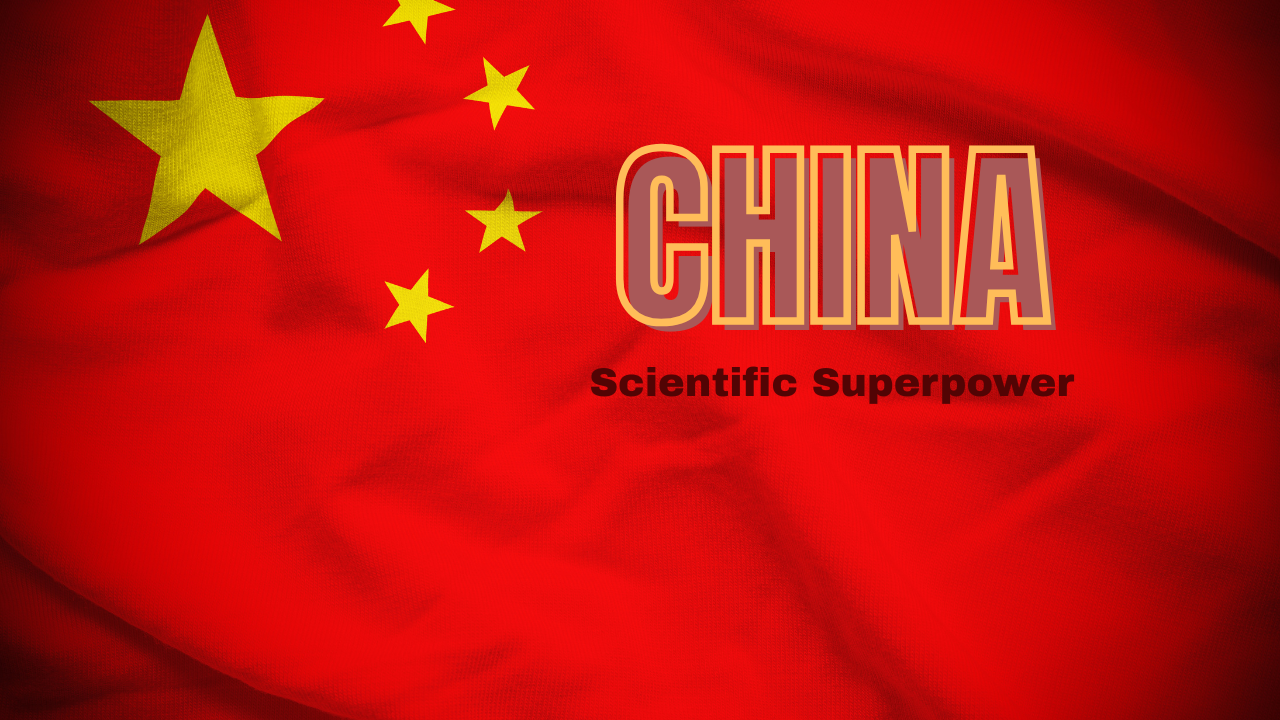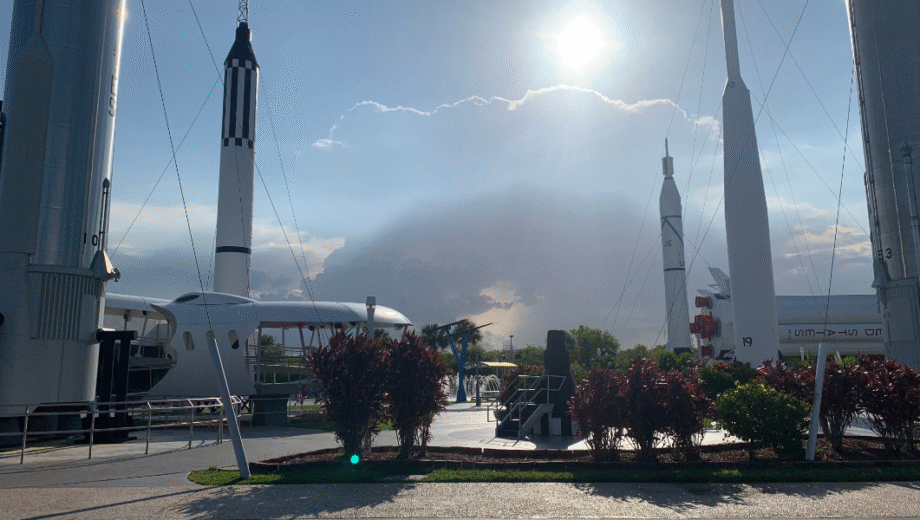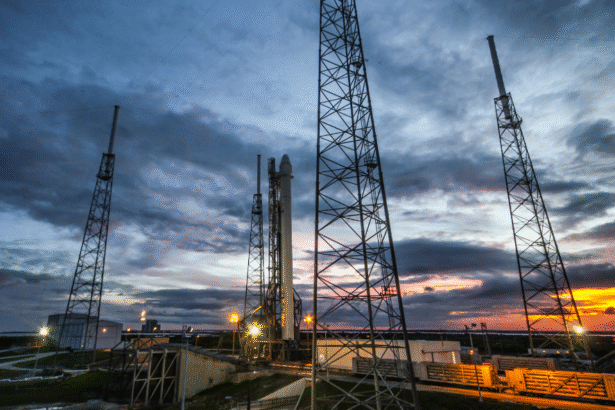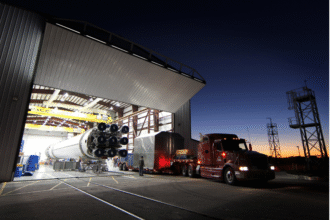In recent years, the asteroid belt has become a major focus for space agencies and private companies. Stretching between Mars and Jupiter, this region of space contains millions of rocky bodies, some of which are rich in valuable resources. As missions to this region become more feasible, the big question arises: Should we prioritize asteroid mining for commercial gain or focus on scientific exploration first?
Let’s explore both sides of the debate and see what’s fueling the interest in the asteroid belt.
Why the Asteroid Belt Is a Big Deal
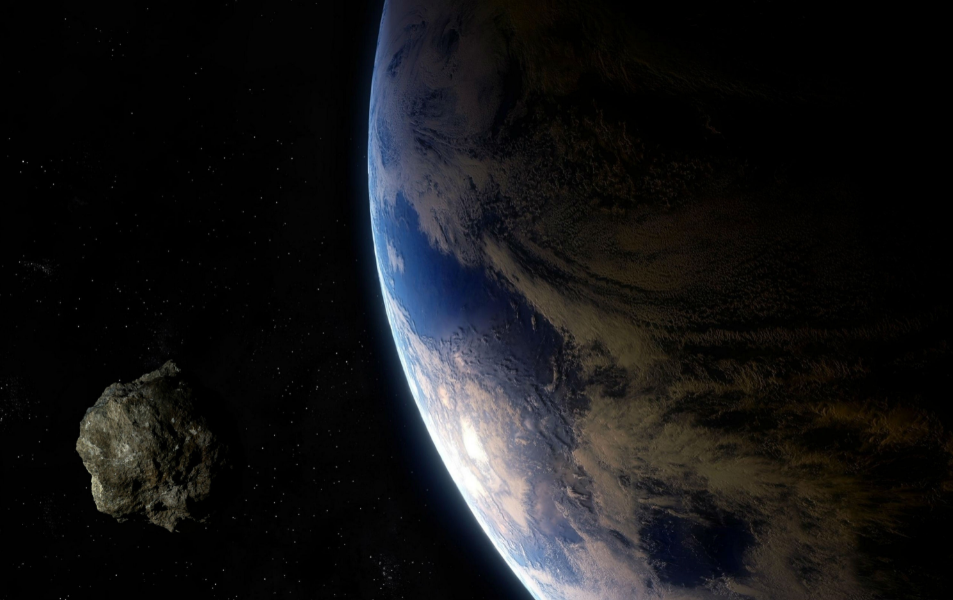
The asteroid belt holds more than just rocky leftovers from the formation of the solar system. It may contain secrets to planetary formation, water traces, and rare metals such as platinum, gold, and even industrial-grade nickel and cobalt. That makes it a hotspot for both scientists and commercial entities.
Top Reasons for Exploring the Asteroid Belt:
- Scientific curiosity about the early solar system
- Search for extraterrestrial resources
- Opportunities for developing new space technologies
- Long-term support for space missions via space resource utilization
The Science Argument: Unlocking Solar System History
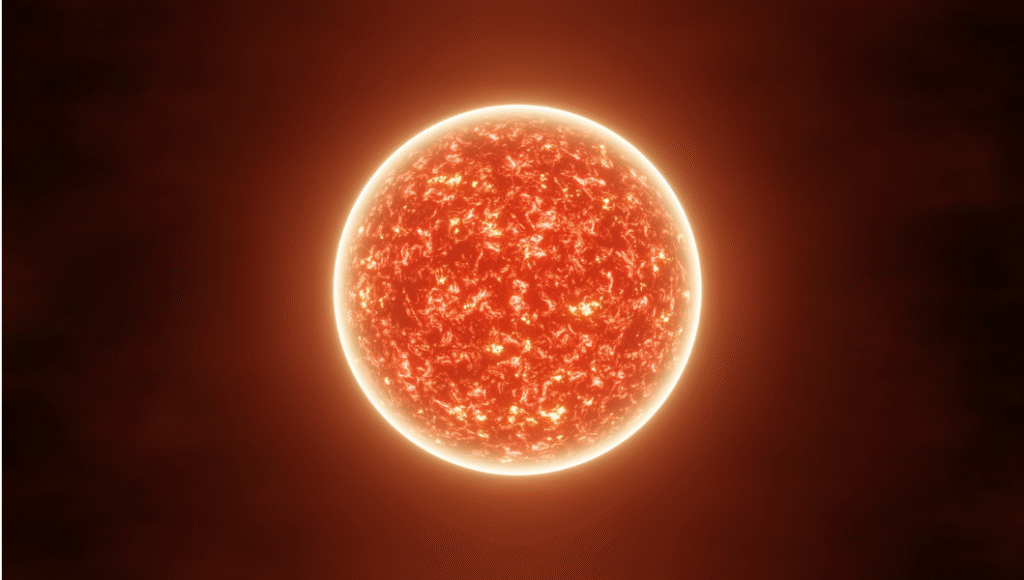
From a scientific perspective, asteroid belt missions provide a unique opportunity to study pristine cosmic material. These asteroids have remained largely unchanged for billions of years, preserving data about the conditions in the early solar system.
Scientific Goals of Asteroid Missions:
- Understanding planetary formation
- Discovering organic compounds and water presence
- Studying the chemical and physical structure of asteroids
- Learning how asteroids interact with the space environment
Space agencies like NASA and JAXA have already taken steps in this direction. The Hayabusa2 mission by Japan and NASA’s OSIRIS-REx are excellent examples of scientific missions that have returned valuable data and samples from near-Earth asteroids.
The Mining Argument: A New Frontier for Resources
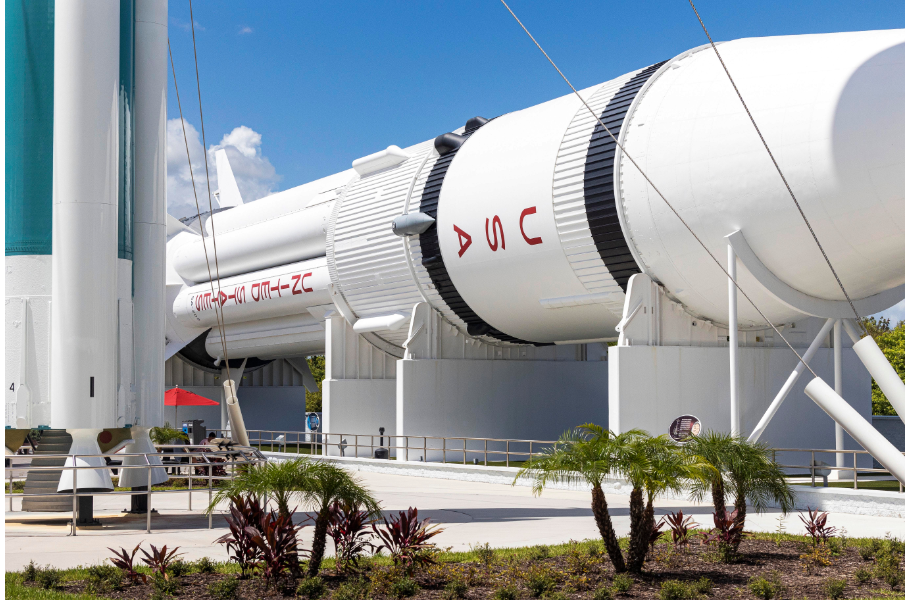
On the other hand, there's a rapidly growing interest in asteroid mining. This concept involves extracting valuable metals and minerals from asteroids to support industries on Earth or to build infrastructure in space. With Earth's natural resources depleting, asteroid mining could revolutionize the economy and enable deep space missions.
Potential Benefits of Asteroid Mining:
- Access to rare metals like platinum, iridium, and gold
- Support for manufacturing in space (using materials already in orbit)
- Refueling spacecraft using extracted water (converted to hydrogen and oxygen)
- Reducing the environmental impact of mining on Earth
Companies like Planetary Resources, Deep Space Industries, and Asteroid Mining Corporation are already investing in technologies to make asteroid mining possible.
What Comes First: Science or Mining?
Now the real question—what should come first in asteroid belt missions?
Most experts agree that scientific exploration must come first. Before we start drilling into these celestial bodies, we need to understand their composition, stability, and structure. Attempting to mine an asteroid without proper research could result in mission failure or loss of equipment.
Reasons Science Should Lead:
- Identifies which asteroids are suitable for mining
- Reduces the risk of mission failure
- Develops accurate maps and models of target bodies
- Builds a foundation of data for commercial missions
That said, many current missions serve dual purposes, gathering both scientific data and preliminary resource information. For example, NASA’s Psyche mission is headed to a metal-rich asteroid that could be the exposed core of a failed planet, offering insights for science and mining alike.
Current and Upcoming Missions
Here’s a snapshot of some notable missions shaping the future of asteroid belt exploration:
NASA Psyche Mission
- Target: 16 Psyche (metal-rich asteroid)
- Objective: Understand planetary cores, assess metallic content
- Potential for mining insights: High
ESA Hera Mission
- Part of an international effort to study asteroid deflection
- Focuses on asteroid Didymos and its moonlet Dimorphos
- May contribute data relevant to mining stability and structure
China’s Tianwen-2
- Aiming to return samples from a near-Earth asteroid
- Includes plans to study and possibly utilize resources
These missions underline the trend: science first, but with an eye toward commercial potential.
Technical and Logistical Barriers in Asteroid Belt Missions
Despite excitement, exploring or mining the asteroid belt is far from easy.
- Long distances and extended mission durations
- Complex landing and sample return technologies
- High cost of launching and maintaining space equipment
- Legal uncertainties around the ownership of extraterrestrial resources
Moreover, navigating deep space requires significant advancements in space exploration technologies, from propulsion to autonomous robotics.
Private Sector Contributions to Asteroid Mining
While national agencies are focused on research, private players are chasing the commercial dream. Firms like SpaceX, Blue Origin, and Rocket Lab may not yet be sending missions to the asteroid belt, but their space delivery capabilities are laying the groundwork.
Startups such as Asteroid Mining Corporation (UK) and LuxSpace (Luxembourg) are developing systems to invest in asteroid mining and attract funding for future space missions. Governments like those in the USA, Luxembourg, UAE, and China are already creating policies and commercial partnerships to promote asteroid resource utilization.
Science and Commerce: A Collaborative Future
The debate between science and mining doesn’t have to be a competition. The two are deeply connected. Scientific discoveries guide the way for safe and efficient mining. In return, mining missions can help fund and support long-term planetary science research.
Much like early explorers who mapped new continents before establishing trade routes, space scientists are charting the asteroid belt to prepare for responsible resource use.
Conclusion:
In the race to the asteroid belt, science should take the first step. Understanding the environment, risks, and composition of these celestial bodies is essential before launching full-scale mining operations. But mining should not be ignored; it represents a sustainable path for funding and expanding humanity’s presence in space.
As more missions are launched, we’ll likely see hybrid models emerge, where spacecraft collect scientific data while assessing commercial potential. With each mission, we move closer to a future where asteroid belt exploration serves both knowledge and progress.


